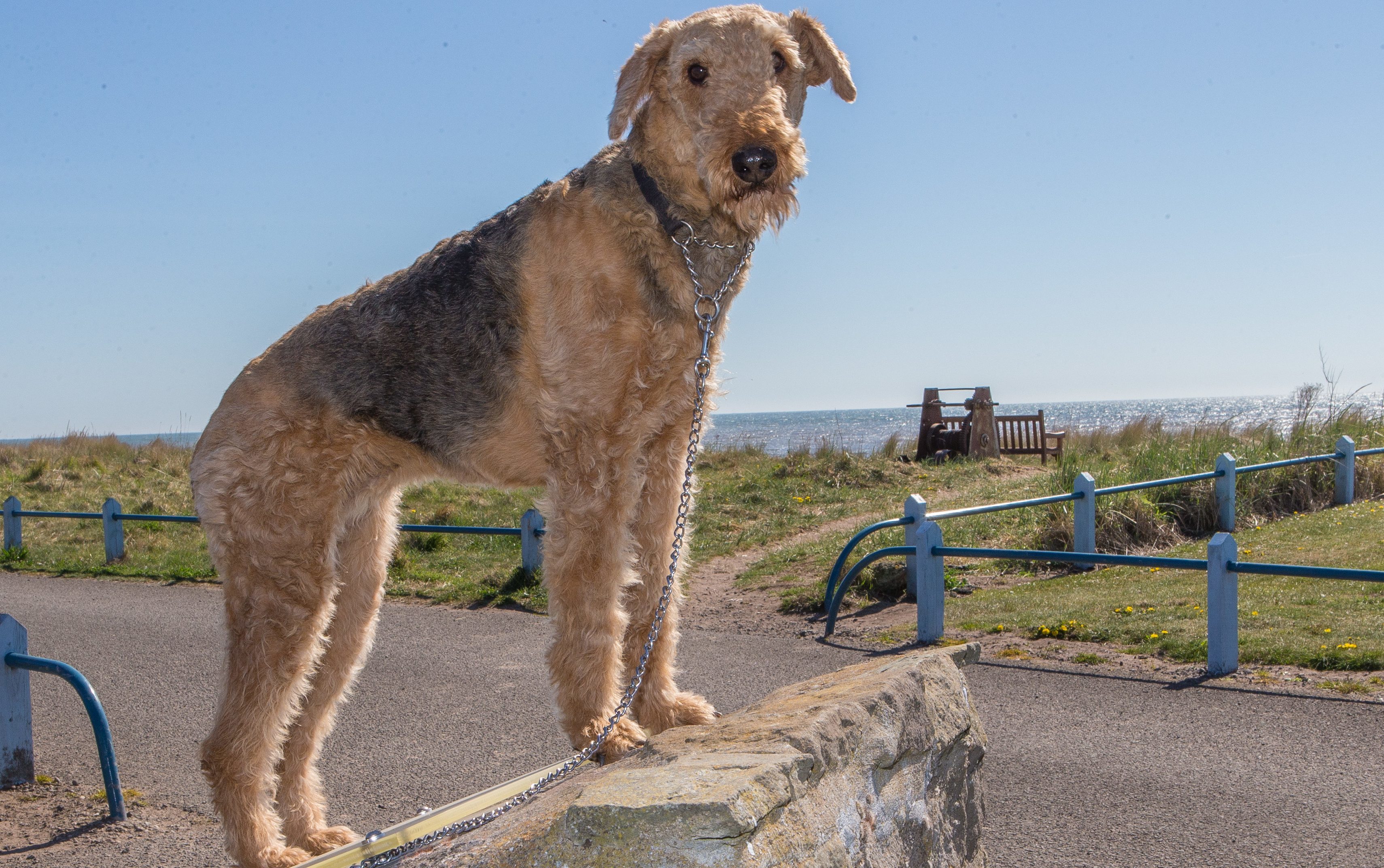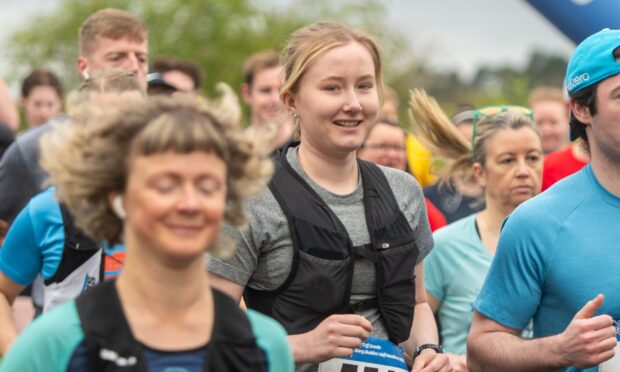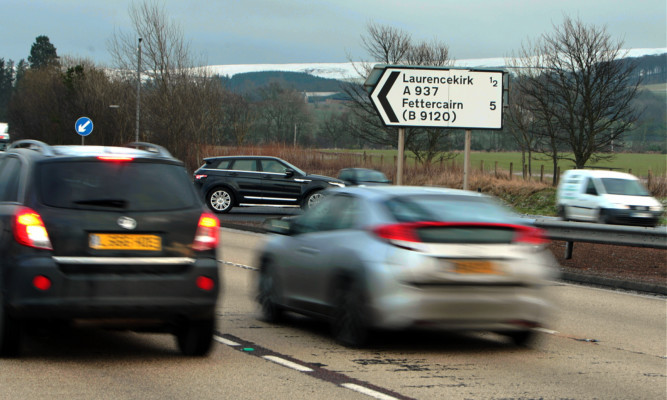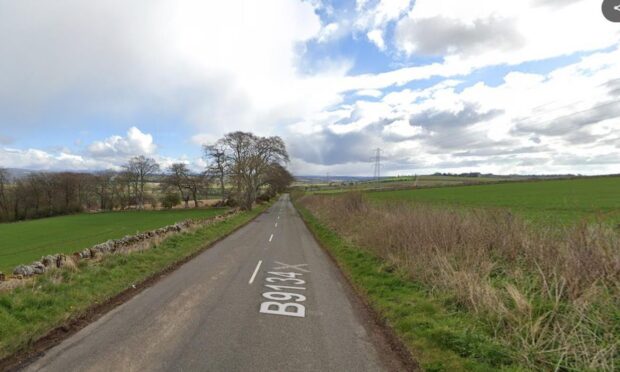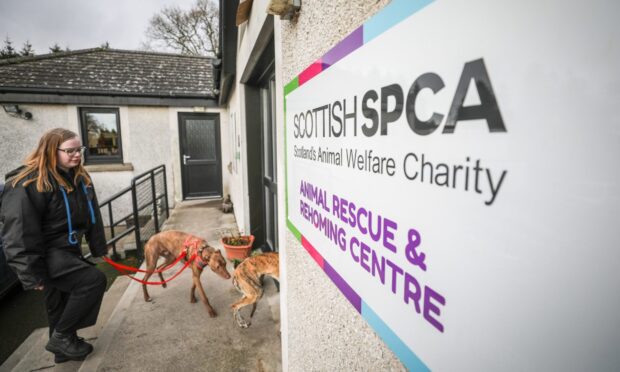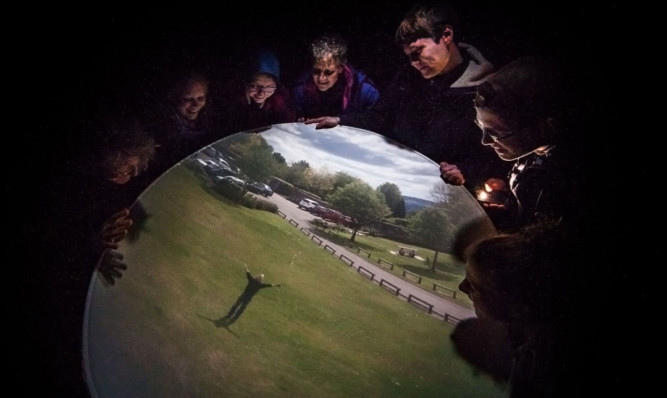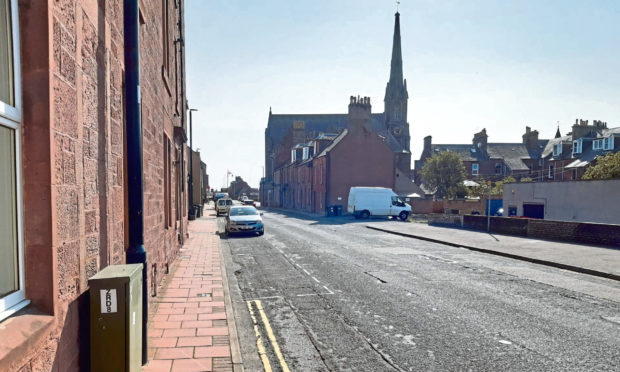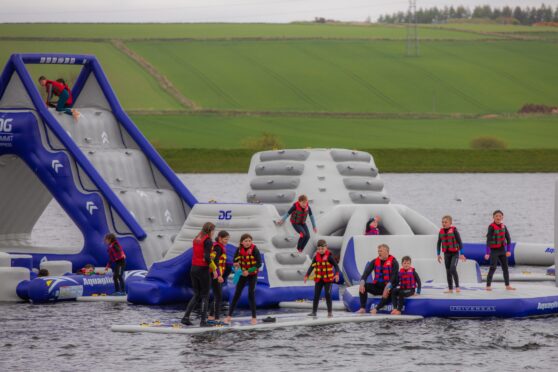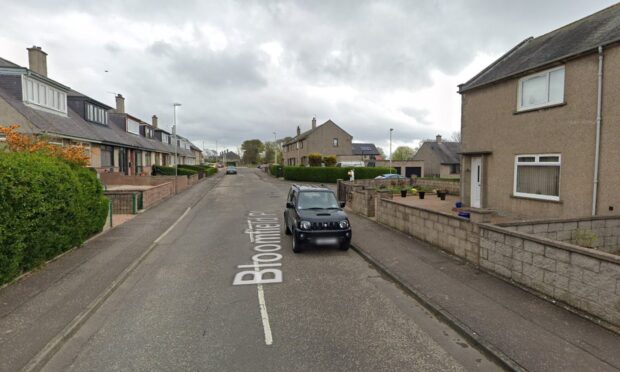The heroic sacrifices made by Airedale terriers during the First World War could soon be commemorated with a large sculpture on an Angus beach.
The Airedale Terrier Club of Scotland Breed Rescue charity is looking to raise £50,000 to mark the contribution the breed made in identifying the injured and delivering messages during the war.
A site has been chosen at East Haven beach for the memorial, and the group has launched a crowdfunding bid which has raised more than £2,000 and is also approaching various trusts for funds.
The work would be created by noted Kirriemuir sculptor Bruce Walker who will create the work from a single piece of Aberdeen granite.
The charity’s secretary Wendy Turner, who lives in Inverkeilor, said: “The story of the Airedales during the First World War has a real link to Angus.
“Their training began by Lt Col. Edwin Hautenville Richardson who married Blanche Bannon and set up home at Panbride House, near Carnoustie.
“They purchased a small farm and set about training Airedale terriers. The first four Airedales they trained were presented to the Glasgow Police in 1905 and were stationed at Maryhill Police Station and Queens Park Police Station in the city. These were the first official police dogs in the United Kingdom.
“British Red Cross used the dogs to locate injured soldiers on the battlefields and also to carry first aid supplies.
“When the Army saw the dogs in action they were so impressed that they were trained to deliver messages.”
A war dog school was opened in Shoeburyness in Essex and the Richardsons moved there to manage the training of the Airedales.
Airedales were recruited from all over the UK and some pet owners donated their Airedales to the war effort.
After an appeal was put out for volunteers, one woman wrote in saying “I’ve given my husband and my sons, and now that he too is required, I give my dog.”
The dogs were trained to wear gas masks and navigate the treacherous and often terrifying conditions of the front lines.
“Many of the dogs did not survive the war,” Wendy added.
“We are looking to erect a monument in the area where the dogs were initially trained.
“East Haven was one of the beaches where the dogs were trained, along with Carnoustie and Barry.
“Many of the local people joined in with the training and would lie on the beaches and sand dunes to be located by the Airedales.
“Their reward for their time was that they were allowed to take the wee brandy bottle out of the Airedales pouch as payment.
“We think it is very fitting that a memorial to the lives of these dogs should be commemorated in the area where it all began.”
Richardson’s work continued right into World War Two, although the school was moved to Bulford, in Wiltshire, and he even penned a book about British war dogs and their training.
Donations can be made on the Crowdfunding page http://www.crowdfunder.co.uk/wwi-airedale-monument/?
The Airedale who saved a battalion
One of the most famous Airedale stories during the First World War is that of Jack, a messenger dog who saved an entire battalion.
In 1918, the Sherwood Foresters were at an advanced post at the front, waging intense battle with the enemy.
The Germans had succeeded in cutting off every line of communication with headquarters four miles away, and it seemed inevitable that the entire battalion would be killed if reinforcements didn’t come quickly.
The dog’s handler Lieutenant Hunter, sent Jack with a message stuck to his collar.
On the way his jaw was shattered with shrapnel but he carried on. His paw was then shattered by another blast, but he reached the headquarters then fell over and died, having done his duty and saved the battalion.
